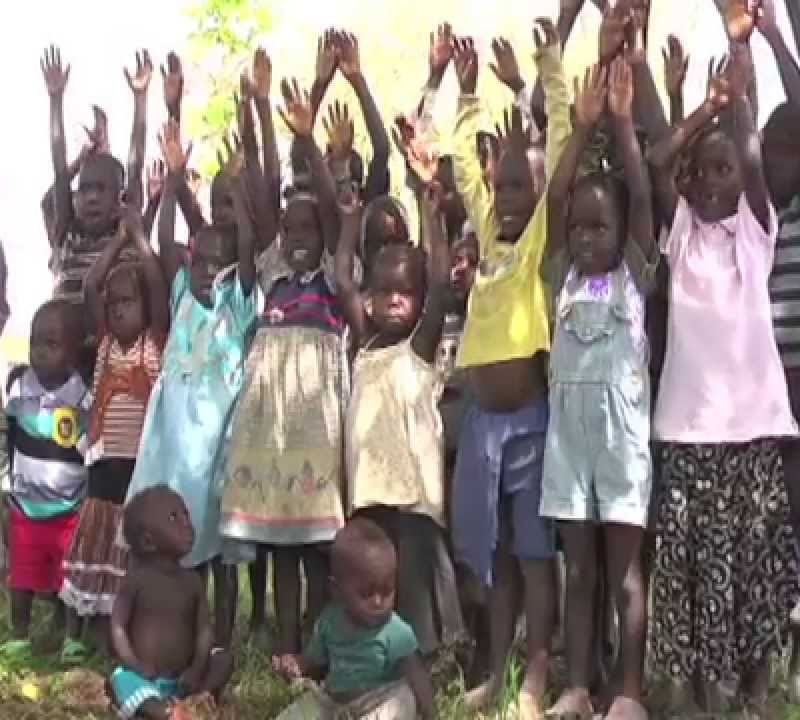Lack of Data Means Millions of Children Die Unseen and Invisible, New Report Finds
Published on May 4, 2014 in the Christian Post
View ArticleChildren are dying unseen, uncounted and invisible to the health services that could save their lives, a new report released today finds.
Uncounted and Unreached, published by World Vision, details how countries and world leaders are failing to properly track vital data about children and their health.
“If a child dies alone, uncounted, unseen and invisible to their government and the health systems that could save them, does that child really matter? Of course they do, but finding and reaching them is a problem that affects entire countries. Public health crises and deadly gaps in services are simply invisible to some governments, because they do not have the right information about what is happening,” said Andrew Hassett, director of global campaigns for World Vision.
One in three children – 230 million under the age of five – around the world does not have a birth certificate, effectively cutting them off from accessing life-saving health care and other critical services. But the real number of children who are invisible to such services is likely to be much higher, the report finds.
“The most vulnerable children – those who are displaced, trafficked, orphaned, homeless or living with disabilities – are the most difficult to count and gather information on, which makes it even more complicated to reach them with vital health services,” said Hassett.
“Data leads to visibility, and visibility leads to action, as governments are enabled to develop, fund and implement health strategies that reach all children. Every mother and child counts, and so every mother and child should be counted and able to access the systems that can save their lives.”
The report finds that governments have enormous data gaps and are therefore using inaccurate statistics to plan funding for midwives, or to decide where and when new health facilities should be built. Inaccurate data systems force local authorities to use national averages when deciding on local health services.
“This method can be deadly for children and mothers,” said Hassett. “Working with communities to gather locally appropriate and accurate data will help to overcome many of these gaps in data, which can be deadly for children and mothers.”
Some 6.6 million children under age five die each year, and many of these deaths are easily preventable, but high-level global and national statistics do not tell the full story. They do not show where health systems and services are not reaching the children who need them most.
